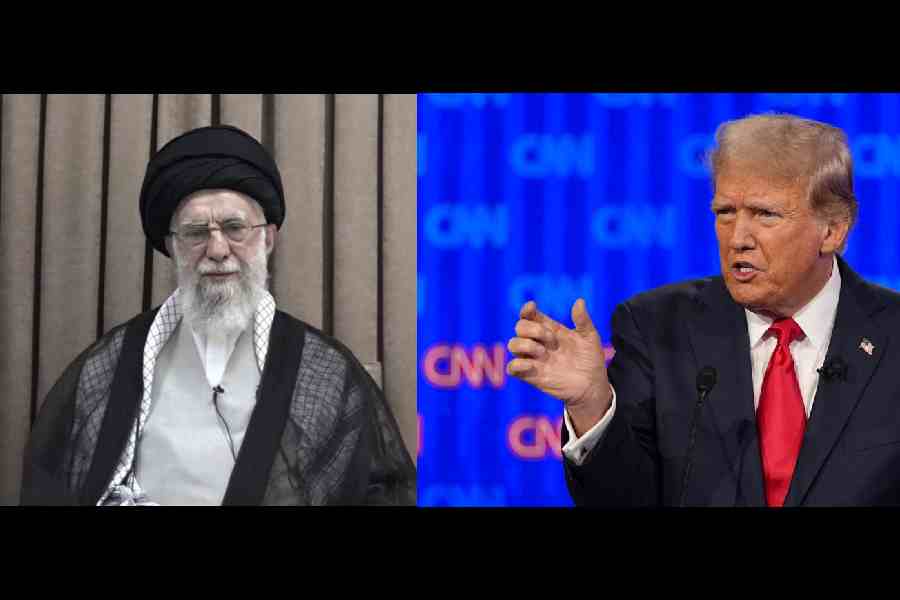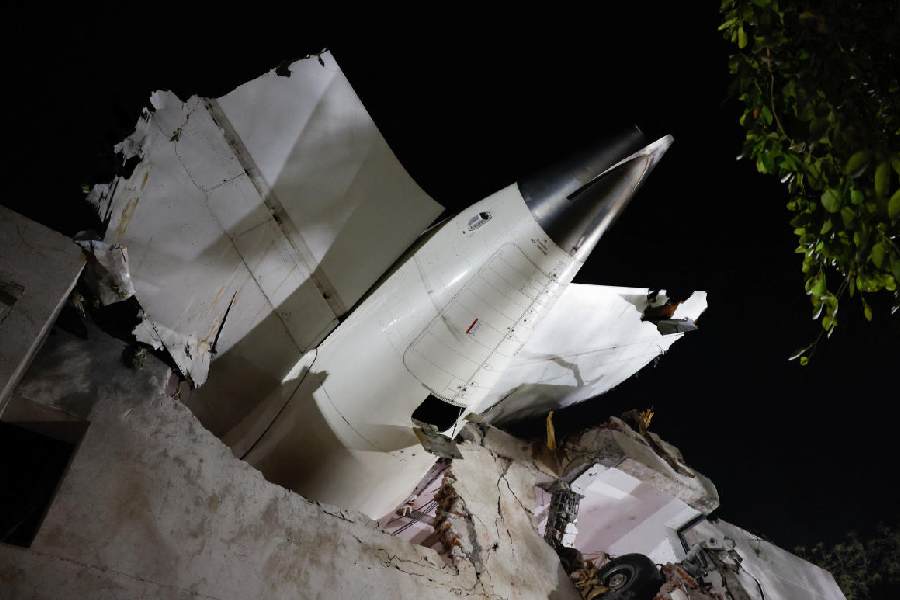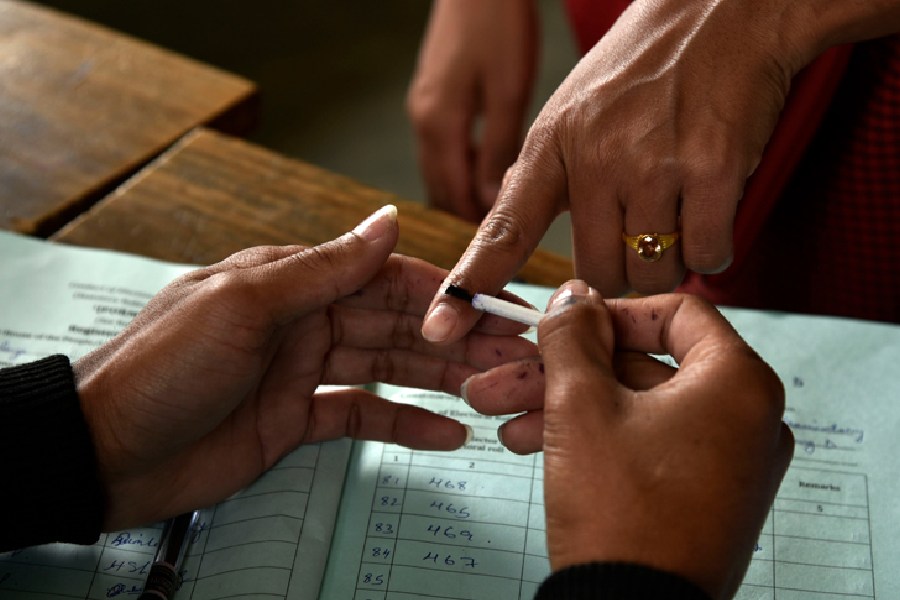Washington, April 7 :
The hoopla of Chinese nuclear espionage aside, the United States willingly sold $15 billion in strategic and dual-use equipment to China since 1988, including top-of-line computers to design nuclear weapons, high-speed oscilloscopes to record data and equipment to develop missile guidance and radars.
According to a report released today, the US commerce department was generously approving strategic sales to China, which later were regularly turning up in Pakistan and Iran. The outflow of US technology was most prolific under President Bill Clinton?s policy of ??constructive engagement?? with Beijing when export controls were relaxed.
The report was released as Chinese Premier Zhu Rongji arrived on an official visit to the US to clear the air reeking with reports of Beijing stealing American nuclear secrets, making illegal contributions to the Democratic Party, curbing human rights at home and denying access to US companies.
The high temperature for Zhu was evident in a letter to Clinton signed by 48 lawmakers who demanded a change in US policy.
While countries always spy on one another and China may have stolen secrets, the surprise lies in how much went through the regular channels. The legal largesse pales in comparison to the known cases of Chinese espionage, diversion and violation of US export laws.
The Clinton administration has been on the defensive against charges that Beijing stole the design of W-88, the most sophisticated US nuclear warhead from Los Alamos laboratory in the early 1990s, giving it the capability of mounting multiple warheads on a single missile.
All such equipment is denied to India under one rule or another and after last year?s nuclear tests by New Delhi, even the most innocent sale to the Indian defence industry is banned by the Clinton administration.
But with China, the attitude, the policy and the parameters are different.
The Clinton administration seems to have few doubts about China, specially when it comes to selling sensitive technology, but with India the most restrictive interpretation of policy comes into play.
In an elaborate 100-page analysis of US strategic sales to China between 1988 to 1998, the Wisconsin Project on Nuclear Arms Control said some of the dual-use equipment was sold directly to Chinese government entities.
The private Washington-based thinktank tracks nuclear proliferation and actively lobbies against the sale of American equipment to countries like India, China, Iran, Pakistan.
More than half of the $15 billion was for computer sales which until 1993 were denied to China. But once Clinton came in and trade liberalisation became a priority, export controls were loosened for China.
By March 1999, China had imported approximately 400 high-performance computers which can be used to design and test nuclear warheads and to simulate the performance of a missile from launch to impact.
The report criticises the engagement policy as an ??abstraction,?? adding that in reality, this policy ??includes a deadly trade in the means to make weapons of mass destruction??.
It notes that while China is not an enemy of the US, it is not an ally either.
Among the sales cited in the press statement on the report:
Computer and imaging equipment for uranium prospecting sold to China National Nuclear Corporation, which then helped Iran prospect for uranium.
The Chinese Precision Machinery Import-Export Corporation received equipment useful for building the new C-801 and C-802 anti-ship cruise missiles.
At least 1,653 requests for oscilloscopes worth $ 131 million were approved by the US commerce department.
Equipment was sold to the Chinese Academy of Sciences which can be used to develop a nuclear fusion reactor.
 Saturday, 28 June 2025
Saturday, 28 June 2025









